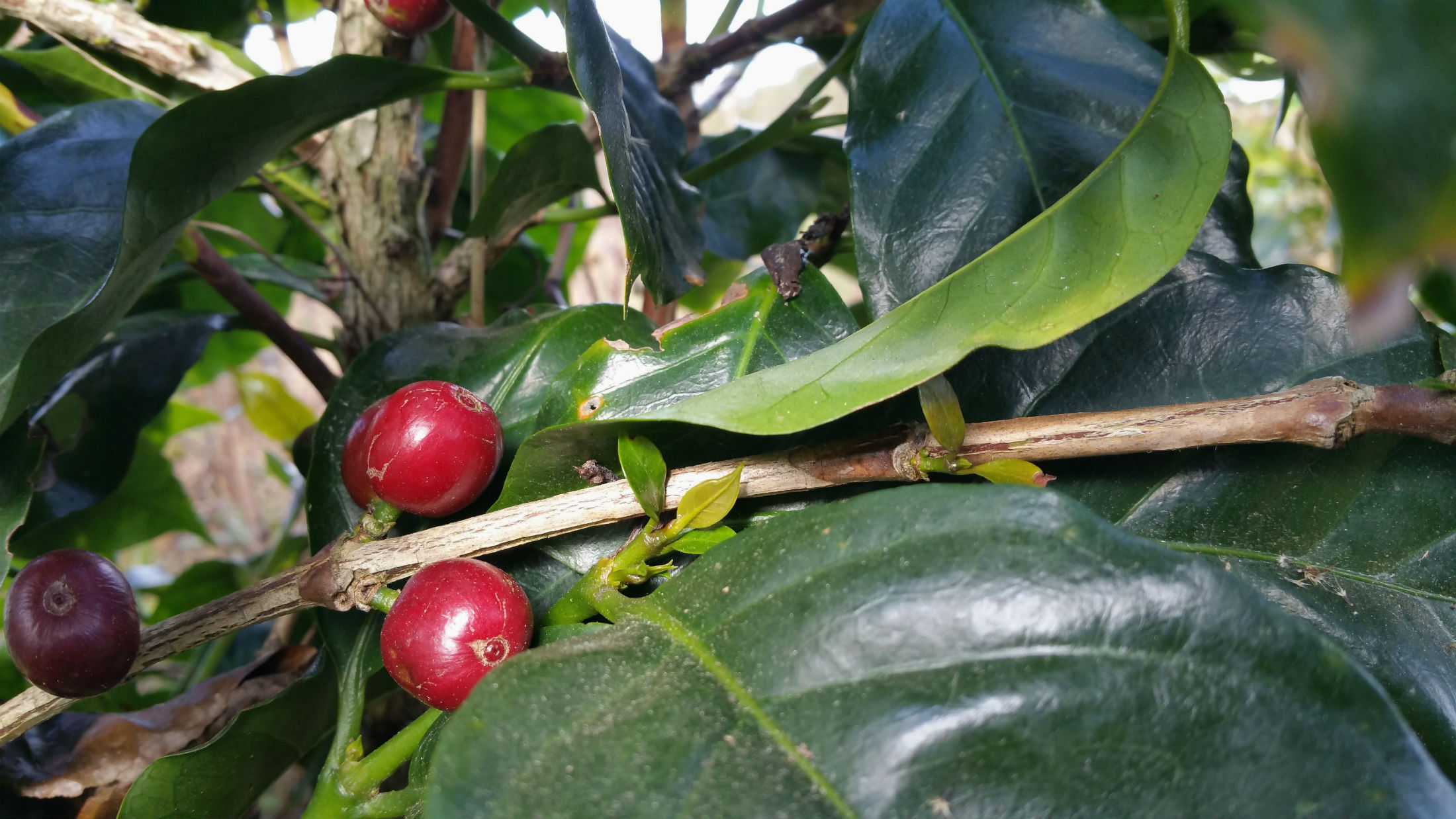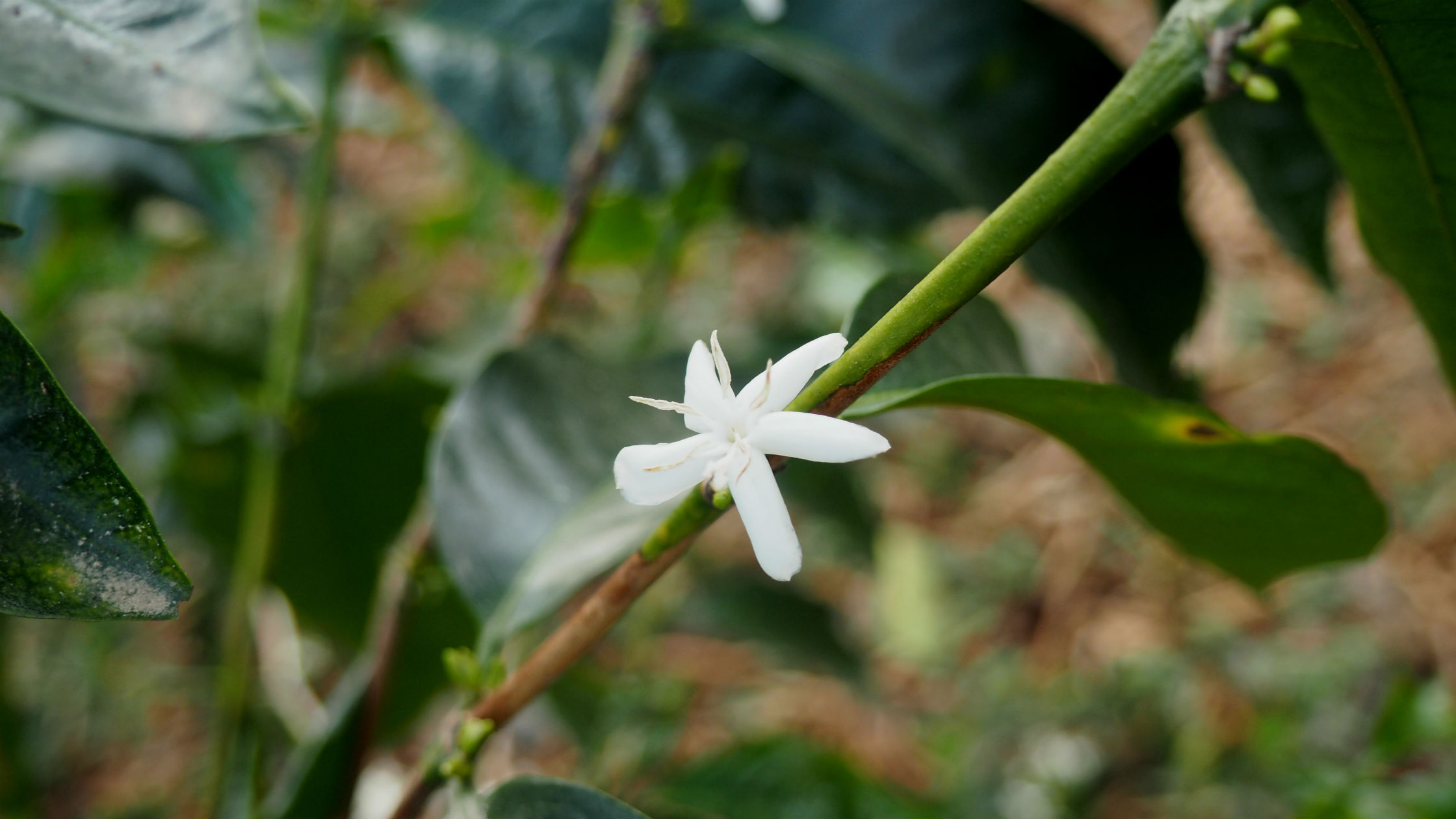Ethiopia Kochere Hama Raised Bed Tej Process Crown Jewel
Boxes 0
Warehouses Oakland
Out of stock
Intro
Two years ago, Max brought in a “tej” coffee from the Adado cooperative in Bule Kalisho, near Yirgacheffe town, and it was pure gold. This year, he found some more, at the Jet washing station in Kochere Hama. It’s nothing short of an absolute delight. Lush, ripe stone fruit notes including a distinct peach flavor and nuanced hints of pomegranate are layered on top of hibiscus, lavender and tea-like effervescence that make for a complex and unique cup. We’re thrilled to have it.
Jet washing station is run by Adulina Coffee company, established by Mahabub Awel who learned the coffee business from his father. In addition to coffee, Jet has a school for children, potable water well on site, and a staff agronomist to support the efforts of local smallholders increasing their productivity, quality, and intercropping.
For this microlot, Jet has employed a technique quite similar to what Central American farms have been calling honey process. Using minimal water for depulping using an eco-pulper, the coffee is neither washed nor pile fermented, but simply taken directly from the depulper to the drying tables, where workers regularly and actively turn the coffee to ensure it dries evenly.
For this reason, we’ve elected to dub the lot “Tej” processed. It’s a play on the naming convention we’ve seen for these pulped hybrid process coffees. In Ethiopia, tej is a very local, very common sweet and sour libation not unlike mead, created by fermenting honey then aging and adding herbs and spices. We felt this was appropriate nomenclature, given the unconventional processing method and nod to a distinctly Ethiopian product. ለጤናችን (Leutanachen / Cheers!)
Green
You’d never guess this coffee was honey (tej) processed by the prep. Its clean, polished green appearance keeps a lid on the fact that the parchment was dried in mucilage. The coffee is high in density, very small in size, and has a surprisingly high water activity for an Ethiopian raised bed coffee.
Ethiopia’s genetic diversity of coffee is no secret, but increased attention is being paid to distinguishing cultivars and varieties, thanks in part to the work undertaken by Tim Hill and Getu Bekele. Established in the 1960s, the Jimma Agricultural Research Center was instrumental in selecting, breeding, and distributing scores of cultivars throughout the country in the decades following Haile Selassie’s downfall. These have included region-specific varieties, specialty cultivars, and hybrids and wild selections made for disease resistance.
Taste
Ikawa
I remember this coffee from its preship sample several months ago and I have been so excited to roast it and taste it again. I have never roasted a honey processed Ethiopian coffee and so it may be a little overkill with three roasts, but coffees like this are rare to come across my table and I wanted to get it just right. The three Ikawa Roasts below are very similar in profile. The main difference is that the total roast times are separated by 15 seconds. Ikawa Roast (1) was 4:45, Ikawa Roast (2) was 5:00, and Ikawa Roast (3) was 5:15. The first profile I roasted was Ikawa Roast (3). It was the profile that I found successful for many natural processed Ethiopians and looking at the high water activity, I thought this would be my best option in case first crack is delayed.
I was correct that first crack occurred later in the roast, but the overall profile was slightly more developed than I wanted with lots spice notes in the cup like clove and spiced pear. Ikawa Roast (1) was the shortest and produced a nice honey flavor and pineapple, but had a bready and underdeveloped finish. It was Ikawa Roast (2) that turned out best with a vibrant floral notes like orange blossom water and the big body and sweetness of lemon curd.
Although, the water activity did affect the temperature for first crack, the high density and moisture made this coffee roast more like a washed coffee than a natural coffee. There is a lot of fruit punch in the cup with all of the florals and vibrant acidity that you would expect in a high quality Ethiopian coffee.
Probatino
My two goals with this coffee is to bring out the citrus acidity and the syrupy sweetness of this coffee. I decided to use a low charge temperature of 355°F and add heat early, just after turning point, to push the roast along. I had plenty of momentum and turned the heat down after yellow to 2 ¾ gas which proved to be plenty of heat to carry through to first crack. First crack was higher than normal at 398.6°F which was similar to the Ikawa Roasts. I quickly reduced the heat and dropped the batch after 1:21 of post crack development time.
On the cupping table this coffee was very floral with lots of hard candy sweetness. The conductive heat of the Probatino brought out more berry notes and dried fruit flavors than we had tasted in the Ikawa roasts.
Quest
This week I worked with a new thermocouple, extending the probe down through the green coffee chute as an alternative to the suggested MET (Maximum Environmental Temperature) location while I wait for my proper probe to arrive. This is a bare ‘beaded wire’ thermocouple that came with the Mastech MS8217 multimeter I purchased some time ago for personal use. Looking at my results, this gave me a better idea of when to expect crack to begin. My measurements for MET topped out at 180C (356F) for every roast this week, but I believe this number would have been significantly higher with better probe placement. Next week, I’ll be taking a look at BT (Bean Temperature) placement.
I decided to give this coffee a go at a lower charge temperature. Ethiopian coffees like this one are just such a pleasure to roast, and I didn’t foresee any problems. I started with 9.5A power, the back closed, and a charge temperature of 425F. At 2:00 I induced more airflow by closing the back of the roaster, but didn’t engage the fan just yet. Turning point was at 375F/2:50 this time around, and I waited until 3:45 to change the fan speed to 3. Moving along at a good clip, this roast was right on track and I adjusted the heat a little to 7.5A at 410F/5:00. ‘MET’ at that point was slowly climbing, and was resting at 152C. I upped the fan speed to 6 at 420F/6:00, and allowed the coffee to coast into crack at 440F/9:20. Dropping the coffee at 10:45, there wasn’t too much smoke or chaff with this coffee. 1:25 development time seemed just right as well.
On the cupping table, this coffee showed very well indeed. Lots of florals, bright lemon, sweet mandarin orange, black tea, and mango were all noted. This coffee is one to chug and a pleasure to roast, and you can see our notes below on just how much we chugged!
Brew
I was pretty excited to brew this Ethiopian Crown Jewel. Using the Phoenix 70 from Saint Anthony Industries (which is taller and narrower than the V60) allowed the coffee to spend more time in contact with the brew water, while SAI’s Perfect Paper Filters produced a super clean cup. The narrow angle of the P70 dripper leads to longer dwell time, and since this coffee has low density and was packed full of flavor, I didn’t want to over-extract. With the EK43 on grind setting 8.5, I started with a 1:16 ratio recipe using 25g of coffee and 400g of brew water. I stirred my 50g bloom dose aggressively for the first 10 seconds – the shape of the P70 can lead to more pockets of untouched coffee in the bloom phase, so be sure to stir thoroughly when using this method.
This first brew took a total of 4:40, a little too long for my preference, but the flavor notes were incredible: peach, mango, blackberry, black tea, bergamot, almond, and clove. Although it tasted delicious, and had a relatively acceptable TDS of 1.38, there was a slightly drying finish. Interested in seeing what a lower extraction tasted like, I coarsened my grind a half notch on the EK 43 to 9 and tried the same recipe again. Many of the same berry notes remained, but there was a significant increase in floral notes like orange blossom, as well as pear, and fig to compliment the array of fascinating and delicious flavors.


